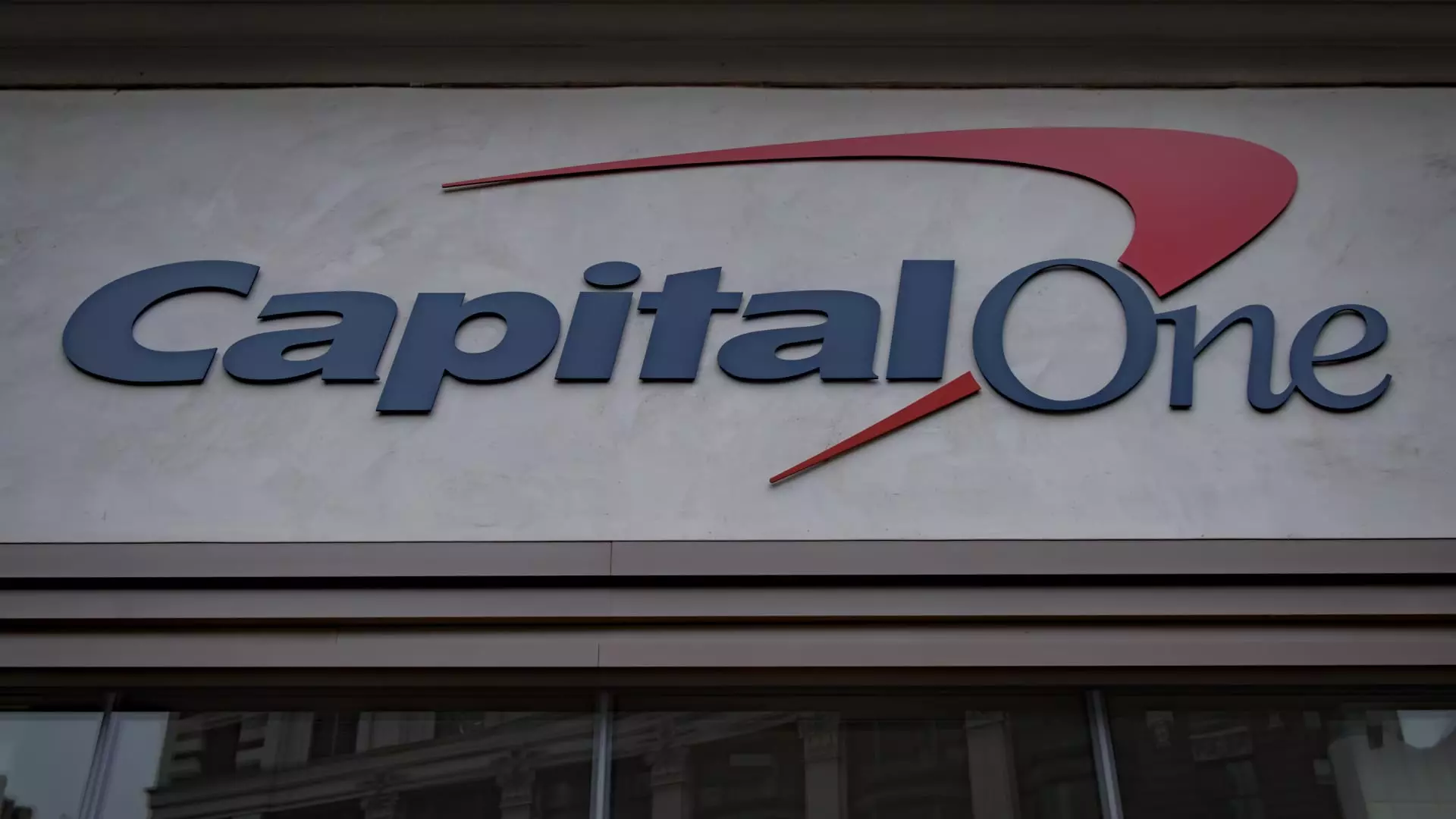In a game-changing move that has captured the attention of the financial world, Capital One Financial has secured approval for its $35.3 billion all-stock acquisition of Discover Financial Services. With the stamp of approval from both the Federal Reserve and the Office of the Comptroller of the Currency, this merger is set to reshape the competitive landscape of the U.S. banking industry. The approval signifies not just a consolidation of financial entities, but a transformative shift in how consumer banking might be approached.
The Federal Reserve, in detailing its evaluation process, highlighted essential factors such as the financial soundness of the companies involved and the impact on community needs. This nod from regulatory bodies illustrates a belief that the merger could enhance customer service and expand access to financial products. The acquisition is anticipated not only to bolster Capital One’s market position but also to fulfill community needs through better services and offerings.
Strategic Financial Implications
Under the terms of the merger, Discover shareholders stand to gain significantly, receiving 1.0192 Capital One shares for each Discover share—representing a 26% premium from Discover’s closing price prior to the announcement. This strategic move allows Capital One to amplify its deposit base and diversify its credit card offerings, positioning itself as an even stronger competitor among the largest credit card issuers nationwide.
The acquisition aligns with evolving market trends that emphasize larger financial institutions’ capacity to deliver better rates and more robust services. By bringing Discover’s customer base into its fold, Capital One not only increases its sheer customer numbers but potentially strengthens its brand loyalty and market share in an increasingly competitive landscape.
Addressing Regulatory Concerns
While this acquisition has been broadly welcomed, it does come with a caveat—Capital One must address existing regulatory concerns stemming from Discover’s past practices. A notable point of contention involves a $100 million fine levied against Discover for overcharging certain interchange fees, with the company committed to repaying affected customers. The Federal Reserve’s scrutiny and the Office of the Comptroller’s requirement for corrective actions signify a proactive approach to ensuring that past issues do not repeat themselves within a larger framework.
This emphasis on compliance reflects a growing trend where regulatory bodies are keen to ensure that consolidated financial institutions do not inherit excessive risk or questionable practices. Capital One’s commitment to abide by these directives may demonstrate a willingness for corporate responsibility that could resonate positively with consumers wary of institutional misconduct.
Looking Toward the Future
As the anticipated closing date of May 18 looms, all eyes will be on how this merger unfolds in practical terms for both institutions. With Capital One shareholders poised to own 60% of the newly formed entity and Discover shareholders retaining 40%, the dynamics of corporate governance will also be an essential factor to watch. The synergy of these two credit giants could lead to unprecedented innovations in financial products, customer service strategies, and competitive offerings that reshape the industry landscape.
This acquisition symbolizes more than just a merger; it is a bold declaration of intent in a sector ripe for disruption. As consumer preferences continue evolving, the successful integration of these financial powerhouses could bring about a new wave of banking experiences, setting the stage for Capital One to emerge even more formidable in the competitive market. The strategic vision behind this acquisition illustrates the future potential available in finance through bold initiatives and unyielding compliance.

